
| Lepidoptera ~ Butterflies, Moths |
|
Although in a single order, moths and butterflies are usually treated separately and, while it is not always easy, they can be separated by characteristics such as antennae. Butterflies are diurnal, meaning they are active only during the day, while moths may be either diurnal or nocturnal.
Adult Lepidopterans have a long proboscis, or tube, through which they feed on nectar or sap, and drink water for minerals. Some adult moths do not feed. They may sometimes sip fluids from dead animals, but it is not their usual fare. Larvae have chewing mouthparts and usually eat plant material; a very few are carnivorous. Butterflies and moths are known for their large wings, often marked with colorful patterns and usually covered with minute scales. Some female moths lack wings. Lepidopterans develop through complete metamorphosis: caterpillars form a pupa before emerging as adults. Many moths cover themselves with various materials in a cocoon, while butterflies may either form their chrysalis in the open or concealed within a rolled leaf or other hiding place. While larvae and adults may occasionally be found together, it is only because the caterpillars may feed on the same plants where adults find nectar. Size ranges from small to very large. Wingspans may over 100 mm. Butterflies are among the most easily identified of insects, while moths, at ten times the number of species, are about that much more difficult.
|
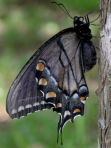 Papilionidae [swallowtails] |
 Pieridae [whites, sulphurs] |
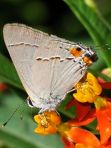 Lycaenidae [blues, hairstreaks] |
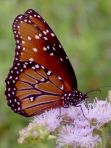 Nymphalidae [brush-footed butterflies] |
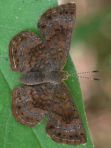 Riodinidae [metalmarks] |
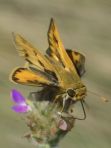 Hesperiidae [skippers] |
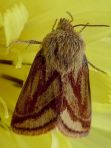 Noctuidae [owlet moths] |
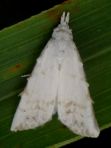 Nolidae [nolid moths] |
 Sphingidae [sphinx moths] |
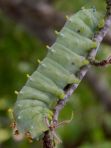 Saturniidae [giant silk moths] |
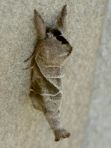 Notodontidae [prominents] |
 Arctiidae [tiger moths] |
 Lymantriidae [tussock moths] |
 Lasiocampidae [lappet moths] |
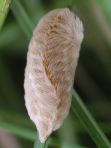 Megalopygidae [flannel moths] |
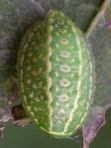 Limacodidae [slug caterpillar moths] |
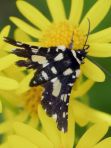 Thyrididae [window-winged moths] |
 Geometridae [geometrids] |
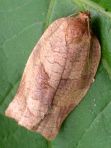 Tortricidae [tortricids] |
 Crambidae [crambid snout moths] |
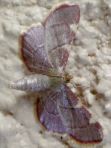 Pyralidae [pyralids] |
 Sesiidae [clearwing moths] |
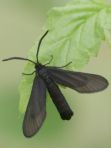 Zygaenidae [smoky moths] |
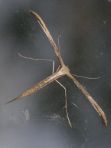 Pterophoridae [plume moths] |
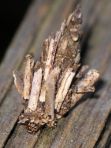 Psychidae [bagworm moths] |
 Yponomeutidae [ermine moths] |
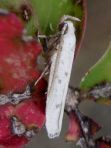 Glyphidoceridae [moths] |
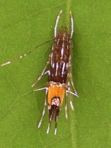 Cosmopterigidae [cosmet moths] |
 Heliodinidae [heliodinid moths] |
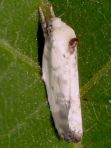 Elachistidae [grass miner moths] |
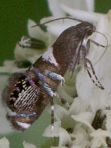 Glyphipterigidae [sedge moths] |
 Gelechiidae [twirler moths] |
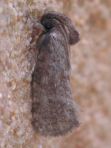 Acrolophidae [burrowing webworms] |
 Lacturidae [tropical burnet moths] |
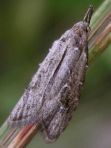 Carposinidae [fruitworm moths] |
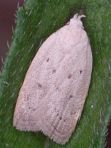 Oecophoridae [concealer moths] |
 Coleophoridae [case-bearers] |
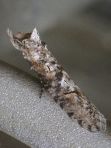 Copromorphidae [tropical fruitworms] |
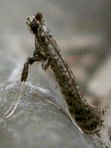 Gracillariidae [leaf-mining moths] |
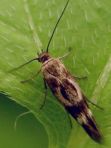 Xyloryctidae [flower moths] |
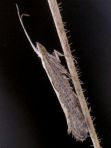 Plutellidae [diamondback moths] |
 Ypsolophidae [moths] |
 Epipyropidae [planthopper parasite moths] |
![]()